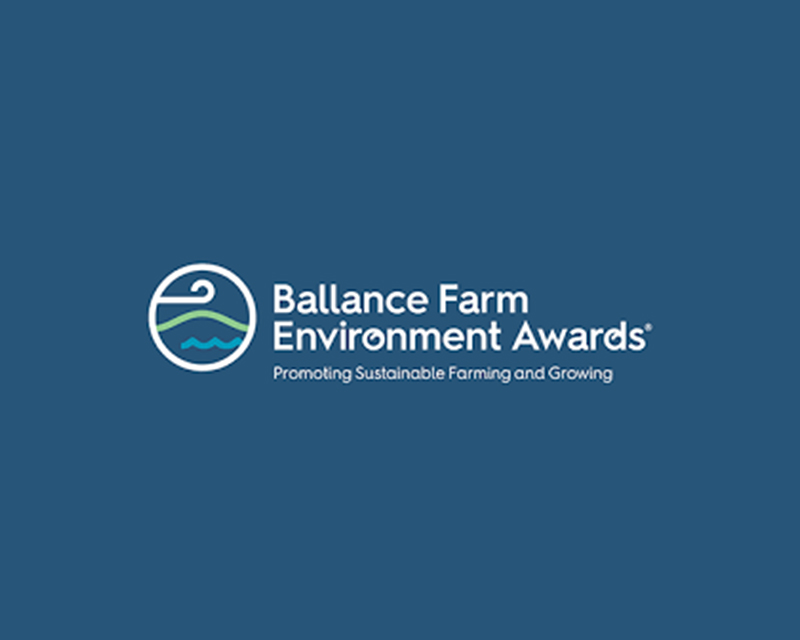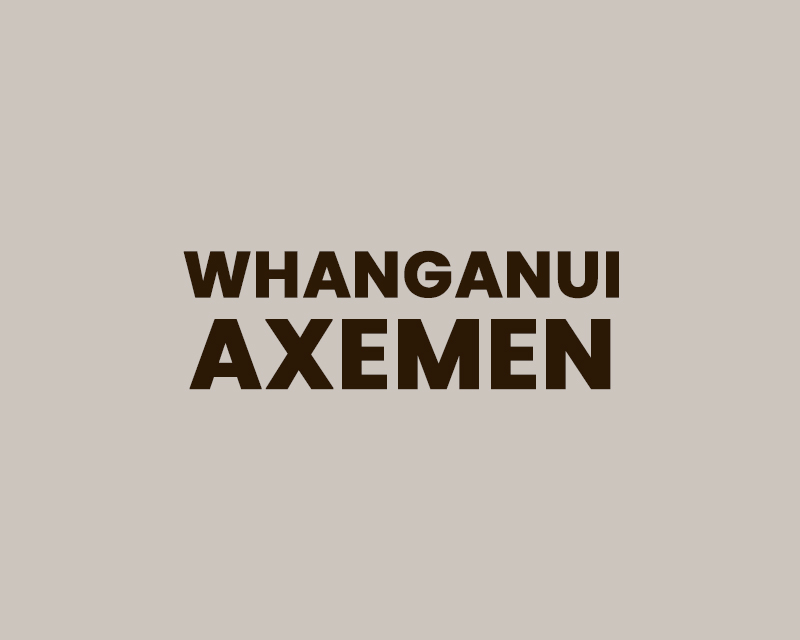
Understanding ‘Safe’ Carbon and Its Role in Forest Harvesting
Understanding ‘safe’ or ‘enduring’ carbon in the context of forest harvesting in New Zealand, particularly under the Emissions Trading Scheme (ETS), involves several complex factors.
Concept of ‘Enduring Carbon’
- Definition: Enduring carbon refers to the carbon that remains in a forest after harvesting, minus the carbon that continues to decay between harvests. This carbon is considered ‘safe’ or ‘enduring’ because it is not immediately released into the atmosphere.
- Calculation: The actual amount of enduring carbon depends on several factors, including the planting date of the forest and when it was registered in the ETS. For forests planted in 2008 or later, the amount of enduring carbon equates roughly to the carbon stored in the trees during the first 10 years. For forests planted before 2008, the percentage of enduring carbon diminishes with the forest’s age.
- Implications: The concept of enduring carbon is important for forest owners as it affects their carbon liabilities at the time of harvest. Most trees being harvested currently, which were planted in the early 1990s, have no enduring carbon that can be sold, and owners are liable for the total volume of carbon claimed in emissions returns.
- Transfer and Obligations: When land with enduring carbon is transferred, the new owner may inherit the obligation of this carbon. This obligation is triggered if the land is deforested in the future or removed from the ETS. However, as long as the land remains forest land and within the ETS, the obligation to surrender enduring carbon may not be activated.
‘Safe Carbon’ and Forest Harvesting
- Residual Carbon: After harvesting, not all carbon is removed from the site. The residual carbon in the form of stumps, branches, and other timber remnants slowly releases carbon as it decomposes.
- Carbon Accounting: This residual carbon, along with the carbon sequestered by newly planted forests, must be combined to calculate the total carbon for emissions returns.
- Liability at Harvest: Forest owners are liable for the difference between the carbon stock at the time of harvest and the minimum total carbon for the forest stand. This liability is influenced by the forest’s planting date, with forests planted closer to 2008 having more ‘safe’ carbon.
ETS and Future Changes
The ETS is currently under review, and potential changes could include new accounting methods such as harvested wood products and averaging. These changes aim to reduce the risk to forest owners by spreading liability across multiple rotations and recognising the carbon stored in harvested wood products.
Understanding ‘safe’ carbon is crucial for forest owners in New Zealand, especially regarding their participation in the ETS and the financial and legal implications of forest harvesting and land transfers













